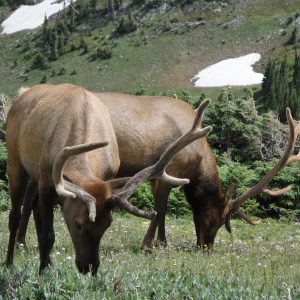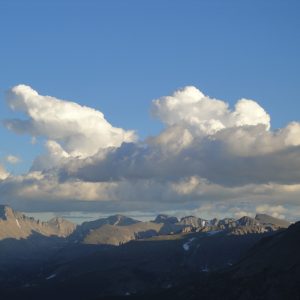It’s been a while since my last post, but there has been no shortage of exciting work out in northwestern California. Instead of try to cover everything I’ll focus on a recent adventure of note. Last week I hiked the Lost Coast Trail with the fisheries biologist, his primary focus installing annual temperature gauges in creeks running down from their headwaters in the coastal King Range to the Pacific, and my task, map and treat invasive weed infestations. Mostly this resulted in as much manual removal of iceplant, foxglove, and a few others from the steep sandy cliffs along the coast. It was an amazing opportunity to monitor an area otherwise inaccessible except by foot. Though only a 24 mile hike split into four days, we were lugging heavy loads and hiking mostly on soft sand while dealing with impassable segments during high tides, and coping with the frustration of not being able to reach some of the crafty invasives thriving on inaccessible sandstone faces.
It was nice to have an opportunity to get to know a section of BLM land that few members of the office regularly monitor, and my hiking partner and I enjoyed the relaxed nature of spending long days in the field without the pressure to drive back to the office a few hours away each evening. The scenery was unmatched with steep mountains rising directly from the ocean to upwards of 4000 feet in less than three miles. This was a trip I will not soon forget, with memorable sunsets and plenty of valuable exploration. The only proper way to conduct landscape management is not see the ecology firsthand.







